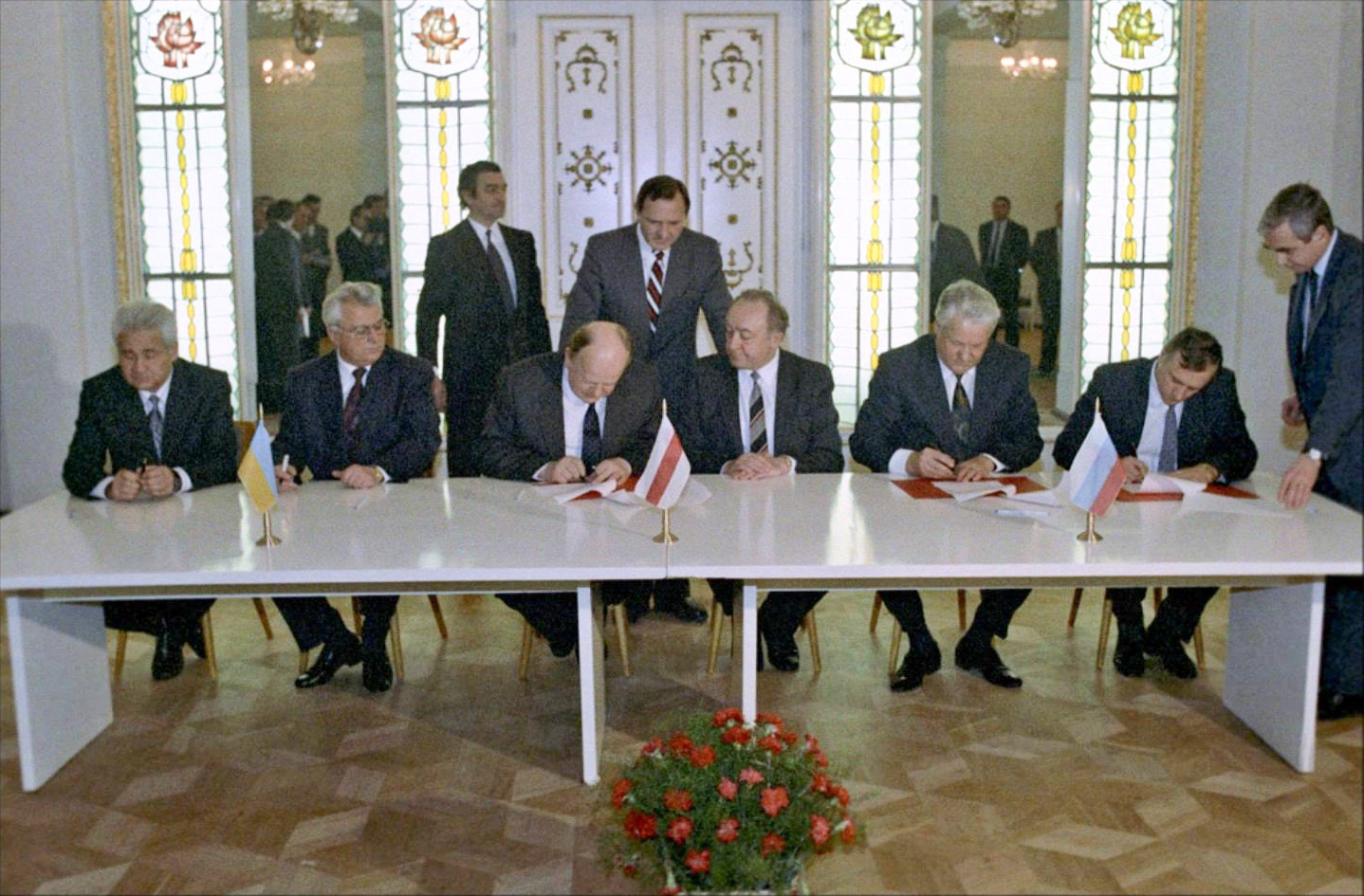After arriving in Moscow, Nuland had a lengthy meeting on October 12 in the foreign ministry with Deputy Foreign Minister Sergei Ryabkov, the point man on US-Russia relations, arms control and strategic stability negotiations. Deputy Defense Minister Alexander Fomin, in charge of foreign relations, was also present at the meeting. Strategic stability was discussed, but apparently, the focus was also on the current diplomatic crisis between Moscow and Washington. Moscow has forbidden the US embassy to hire local or third-country support staff, except security guards, and ordered previously employed staff to be fired by August 2021. The US Moscow embassy only has about a hundred diplomatic staff left and has essentially stopped issuing visitor’s visas to Russian citizens. Russia has more diplomatic personnel in the US, but their visas are beginning to expire while the State Department withholds their replacements and prolongations. By January 2022, the number of Russian diplomats in the US may decrease dramatically. Both sides say they want to find a balanced and just solution to the problem but have failed to find a mutually acceptable formula, and Nuland’s visit did not produce a breakthrough. Although the talks were described as candid, according to Ryabkov, US-Russia relations are bad and could get worse as diplomatic representation may be essentially shuttered. Fomin did not talk to journalists (Kommersant, October 14).
Both Ryabkov and Fomin are not decision-makers. They meet President Vladimir Putin seldom, if at all. Ryabkov leads the Russian delegation that meets regularly with US representatives in Geneva to discuss the same agenda of strategic stability and the diplomatic crisis. It made little sense for Washington to organize Nuland’s Moscow trip for just another ostensibly fruitless meeting with Ryabkov and Fomin. On October 12, Nuland went to the foreign ministry meeting dressed in a crimson pantsuit and pinstriped ankle boots. Russian commentators concluded the crimson pantsuit was questionable, while the boots were definitely out of protocol and obviously a deliberate demonstration of disrespect (RIA Novosti, October 13). If indeed that was the case, Nuland may have had a point.
On October 13, Nuland arrived in much more serious dark business pantsuit at the presidential administration complex on Staraya Ploshad adjacent to the Kremlin for the core reason for visiting Moscow: to meet Putin’s foreign policy aid Yuri Ushakov (74) and Dmitry Kozak (62), deputy chief of the presidential administration, in charge of the Ukrainian crisis and other CIS matters. Kozak, former deputy prime minister, is Putin’s long-standing close friend and confidant from St. Petersburg. Ushakov was Russia’s ambassador to Washington from 1998 to 2008 and, after returning to Moscow, became Putin’s close aid and adviser, the main coordinator of Russia’s entire foreign policy agenda. Putin changed Russian civil service law specifically to allow Ushakov to continue to serve at 74. Both Ushakov and Kozak are true top-notch decision-makers and will brief Putin directly on the results of the talks. Putin, speaking at an energy conference in Sochi on October 13, said he knew about Nuland’s visit and expected to be briefed (Kremlin.ru, October 13).
On October 11, apparently in the runup to Nuland’s visit, former president and prime minister Dmitry Medvedev penned a brutally-worded article published by Kommersant, claiming the present Ukrainian regime is dominated by Nazi-style nationalists and is under direct US control. Medvedev argues it makes sense to discuss Ukrainian matters only with Washington instead of their “vassals” in Kyiv (see EDM, October 13). Dmitry Peskov, Putin’s press secretary and deputy chief of staff, told journalists that “Medvedev’s opinions are correct and in line with official policy” (Militarynews.ru, October 11). Liberal opposition politician Grigory Yavlinsky called Medvedev’s article a roadmap to a coming war. According to Yavlinsky, the US debacle in Afghanistan and the Kremlin victory in the Duma election in September “have boosted aggressive tendencies” (Rosbalt, October 12). The Russian ruling elite was excited whether Nuland’s visit was a possible first step to directly negotiate a deal with Washington on surrendering Kyiv just like Kabul.
The threat of war is serious, as are the continuing war preparations in Crimea and the south of Russia (Militarynews.ru, October 14). But the autumn rains have arrived in Russia and Ukraine, turning dirt roads and fields into a sea of wet mud that makes large-scale offensive mechanized warfare essentially impossible until the winter frost freezes the ground in January. Nuland, who came to Moscow to dissuade the Kremlin from going ballistic on Ukraine, seems to have returned to Washington somewhat reassured. Kozak, on his part, expressed satisfaction that the US still supports the Minsk accords and a special autonomy regime for Russian-controlled Donbas (Kommersant, October 14).
Read More:
- Hall of Fame | Finland denies export licence for Danfoss engines due to Crimea sanctions
- Russia hopes for a U-turn in the EU’s energy policy
- Zapad 2021 suggests, in event of war, Moscow could seize Baltics but lose Kaliningrad
- EU reaffirms course on political-economic integration with Ukraine, calls Russia party to Donbas war: summit outcomes
- GULAGU.Net exposes systemic torture and rape of prisoners in Russia; regime responds with investigations and denial of service attack on portal
- SBU says it prevented Russian agent’s arson attack on Hungarian consulate
- Disinforming aftermath of curbing disinformation: Russian propaganda targets YouTube’s action against RT
- Russia returning to Sovietism not because of the dictatorship but because most Russians like it, Vitukhnovskaya says
- Russian opposition shows it doesn’t understand situation, Pastukhov says
- Ukrainian anti-oligarch law inadvertently shines spotlight on Russian-linked members of presidential entourage








